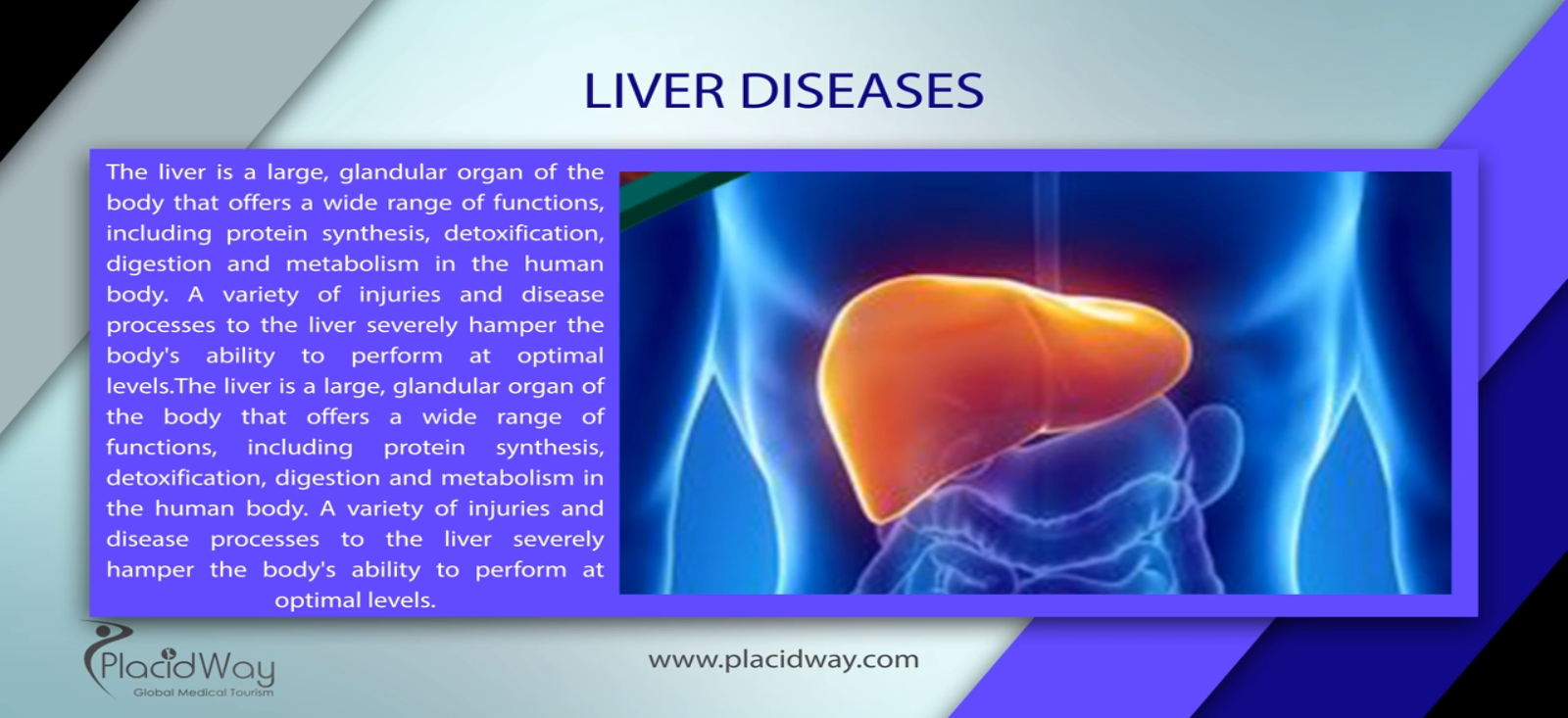
Using a dose counter may also help ensure you receive the correct amount.

In that case, following your doctor's prescribed dose and instructions is essential, including monitoring for any immediate hypersensitivity reactions. Suppose you are looking towards undergoing a new treatment regime.

Patients should consult a lung doctor near you for the most up-to-date information on the treatment options available for their condition. It is characterized by inflammation and damage to the airways and lung tissue, which leads to difficulty breathing. COPD is a progressive lung disease that includes chronic bronchitis, emphysema, and sometimes asthma symptoms. There is no cure for chronic obstructive pulmonary disease (COPD), but treatment can help manage the symptoms and slow the progression of the disease. As of today, there has been no proven cure for COPD however modern advances in stem cell therapies have yielded promising results. Chronic bronchitis affects people of all ages, although people age 65 and older have the highest rate at 56.3 per 1,000 population." In 2008, an estimated 9.8 million Americans reported a physician diagnosis of chronic bronchitis, the inflammation, and eventual scarring of the lining of the bronchial tubes. However, close to 24 million US adults have evidence of impaired lung function, indicating an under-diagnosis of Chronic Obstructive Pulmonary Disease (COPD or Lung Disease). In 2008, 13.1 million US adults (ages 18 and over) were estimated to have Chronic Obstructive Pulmonary Disease (COPD or Lung Disease). He or she will conduct a physical exam and order some laboratory tests to diagnose and assess the severity of your COPD. Your doctor will ask questions about your family history with respiratory illnesses, your symptoms, and the medicines you use, and ask questions about your lifestyle. Most individuals with COPD have a little bit of both but have a predominance of one or the other.

"Chronic obstructive pulmonary disease (COPD) includes both chronic bronchitis and emphysema. How Chronic Obstructive Pulmonary Disease (COPD or Lung Disease) is diagnosedĪs stated by the American Lung Association COPD can develop over long periods or a short period when pollutants are inhaled in excess.Ĭhronic Obstructive Pulmonary Disease (COPD or Lung Disease) may also be caused by other environmental factors such as exposure to dust, air pollution, and airborne chemicals. Symptoms of increased mucus production in the bronchial tubes include frequently coughing, resulting in raising mucus (phlegm). Inhaling smoke or other airborne irritants or pollutants can increase mucus production in one's bronchial tubes (bronchi), this can cause inflammation in the form of thickening bronchi walls. The primary cause of Chronic Obstructive Pulmonary Disease (COPD or Lung Disease) is tobacco smoke, either active smoking or secondhand smoke. Chronic Obstructive Pulmonary Disease (COPD or Lung Disease) can be used to describe a person with emphysema, chronic bronchitis, or a combination of the two. COPD can lead to symptoms such as fatigue and shortness of breath (breathlessness). What is Chronic Obstructive Pulmonary Disease? (COPD or Lung Disease)Ĭhronic Obstructive Pulmonary Disease (COPD or Lung Disease) can describe a group of lung conditions (diseases) that may inhibit the body's ability to remove air from the lungs. This path becomes even more desirable when considering the current treatment protocols requiring the use of ventilators or even total lung transplants, which are rare and extremely expensive.

While stem cell treatment has not shown the ability to cure COPD, its ability to repair damaged tissue and relatively invasive nature makes it an attractive alternative to patients. These reports have positioned stem cells as one of the best viable options for current patients with COPD. Many of these patients reported increased lung capacity and the ability to walk following transfusion. According to a report done by the Lung Institute called Autologous Stem Cell Therapy and its Effects on COPD, over 82% of patients that attempted stem cell treatment had noticeable improvements in their quality of life after their therapies. Completed studies have shown the ability to quantify the effects of stem cell therapy. Stem cells have natural anti-inflammatory properties, which can clear airways for those with chronic bronchitis. When used in regards to COPD patients, stem cells can repair damaged lung tissue to combat emphysema or chronic bronchitis. They can be administered intravenously and find damaged tissues around organs. Stem cells have the unique ability to change into any cell in the body, called differentiation. Stem cell therapy for Chronic Obstructive Pulmonary Disease (COPD or Lung Disease)


 0 kommentar(er)
0 kommentar(er)
